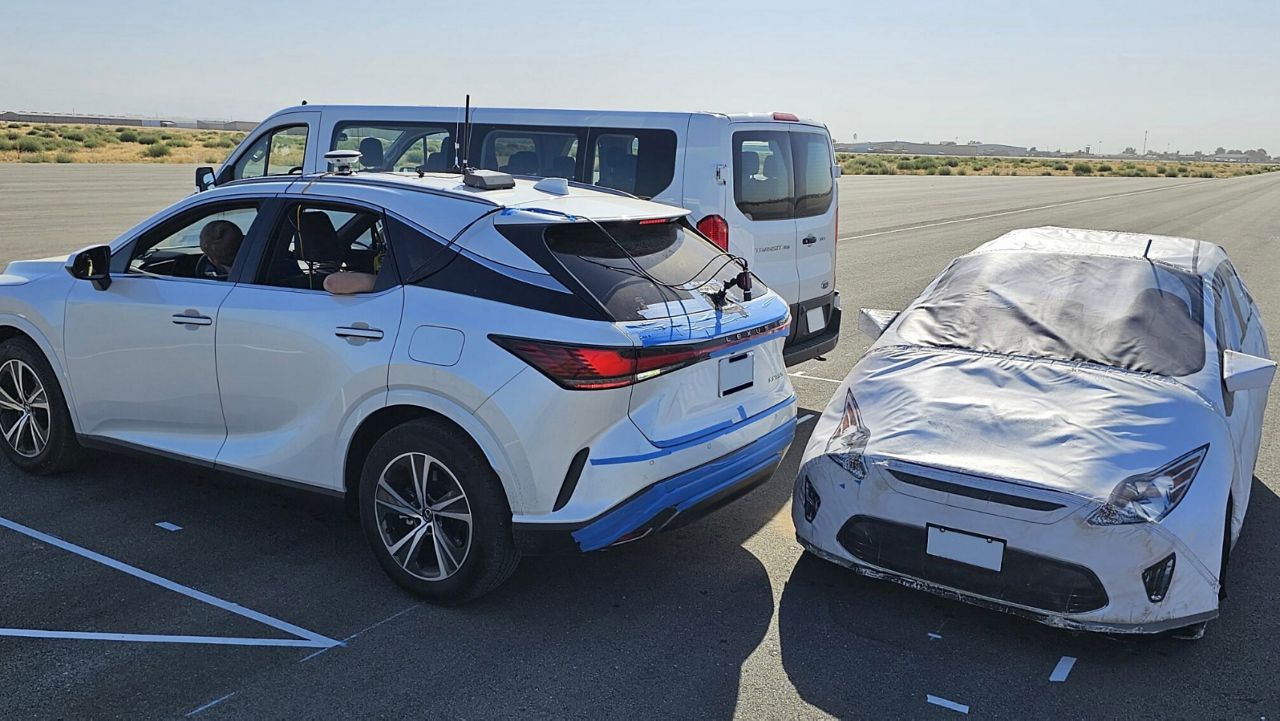Reverse automatic emergency braking systems designed to detect cars, pedestrians and other objects and automatically apply the brakes aren’t always effective, according to a new AAA study released Thursday. The automotive safety group’s test of so-called reverse AEB with rear cross traffic mitigation systems found they only successfully prevented a collision with a vehicle passing behind a backing-up car 2.5% of the time.
“Drivers should not solely rely on these advanced driving systems to prevent collisions, but instead use them to enhance their awareness of their surroundings and support safe driving,” AAA director of automotive engineering Greg Brannon said in a statement.
For its test, the Automobile Club of Southern California’s Automotive Research Center used four popular 2023 model year vehicles that included reverse AEB with rear cross traffic mitigation technology: the Hyundai Tucson Hybrid, Lexus RX 350 Limited AWD Premium, Mazda CX-30 2.5 Turbo AWD Premium Plus Package and Volkswagen Tiguan 2.0T SEL R-Line.
Researchers then tested the vehicles to see how their AEB rear cross traffic mitigation systems performed as they backed out of a parking space into the path of an oncoming vehicle with an adjacent parked vehicle blocking the view, and when encountering a stationary child pedestrian behind the car.
The systems were most effective at detecting and reacting to the child pedestrian, applying the brakes in 75% of the study’s test runs and preventing a collision 50% of the time.
The systems were less effective at detecting and reacting to vehicles crossing behind the vehicle, applying the brakes in 65% of test runs and preventing collisions 2.5% of the time.
Based on the results of its test, AAA advises drivers not to rely on reverse AEB systems with rear collision mitigation but use them to increase their awareness. The researchers said backing up slowly allows the systems a better opportunity to detect what’s behind them and apply the brakes if necessary.
AAA noted the lack of national standards for testing many advanced driver assistance systems, including reverse AEB with rear cross traffic mitigation.
“Vehicle testing requirements for these systems should be updated to be consistent, taking into consideration unusual objects and more realistic scenarios with the goal of achieving the greatest safety benefit to drivers, pedestrians and cyclists,” Brannon said.



